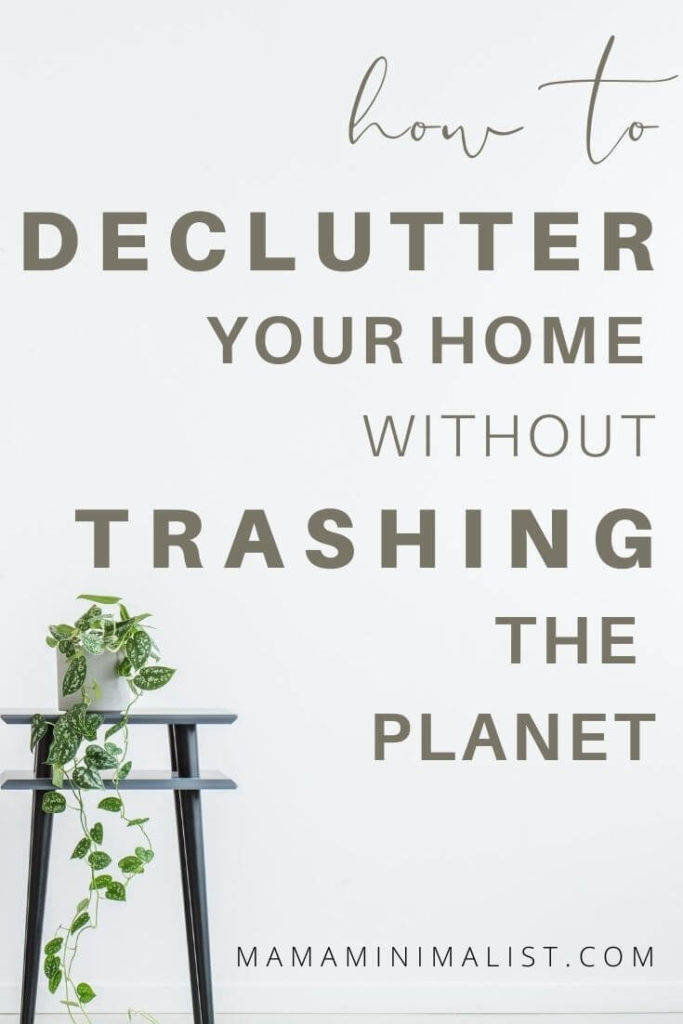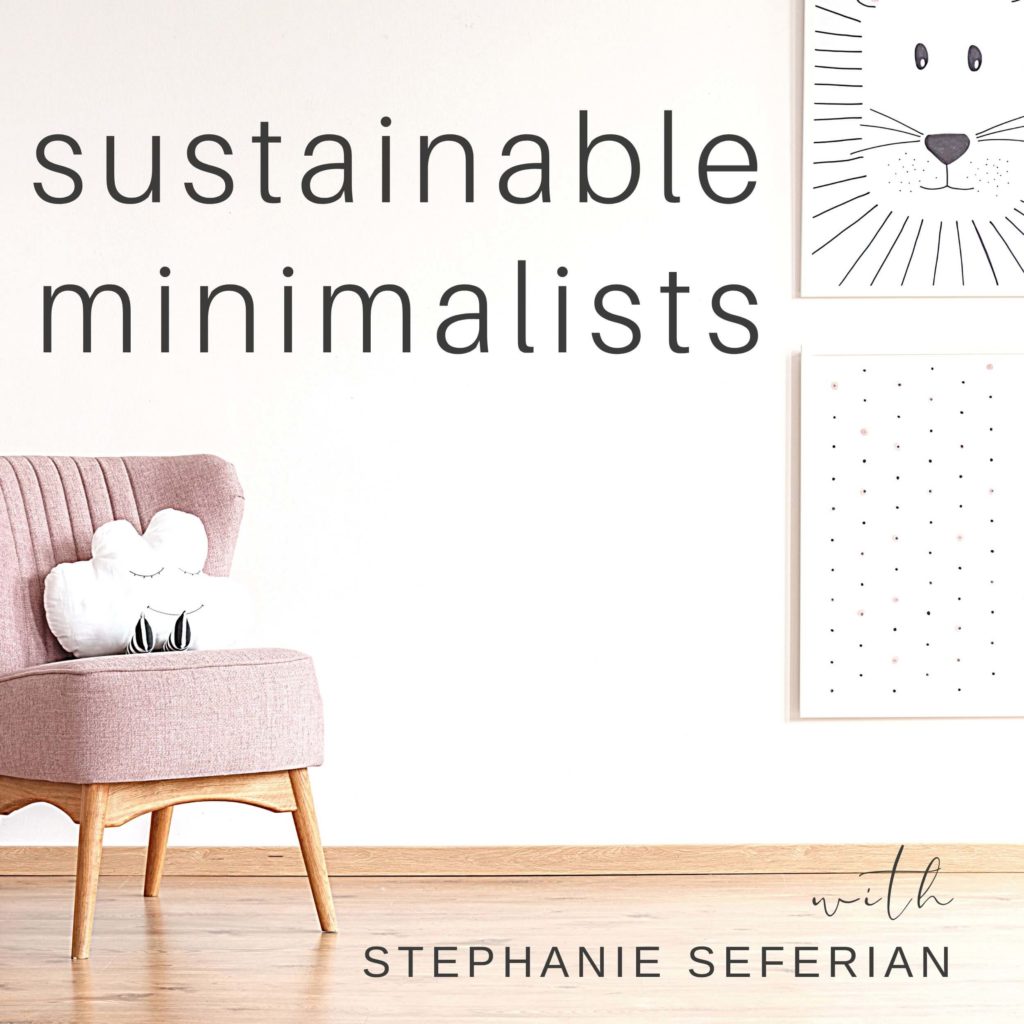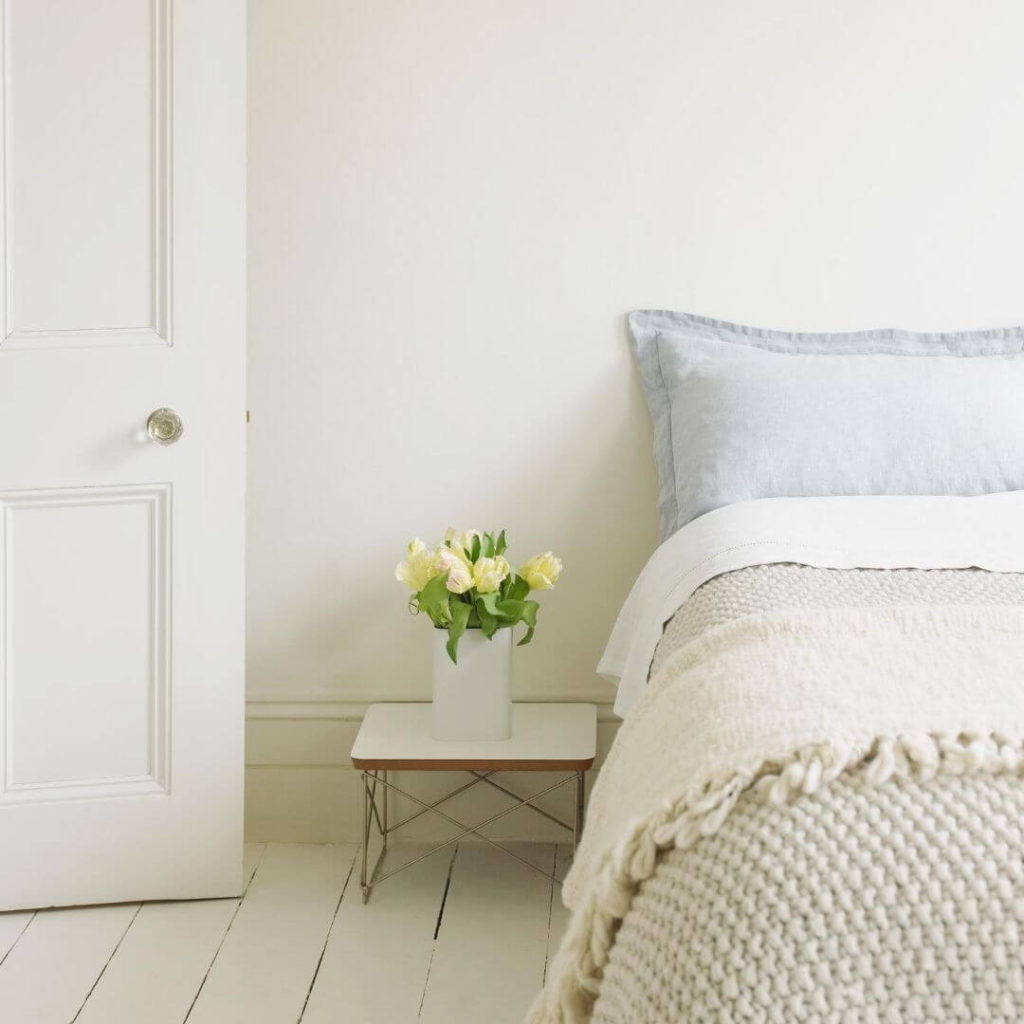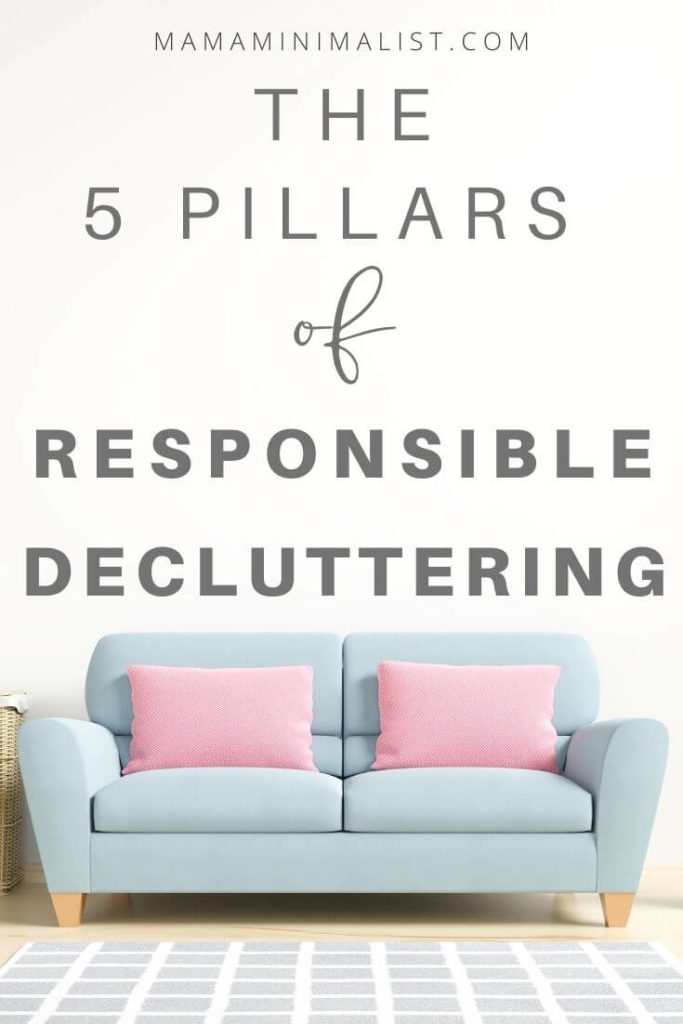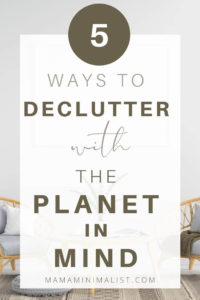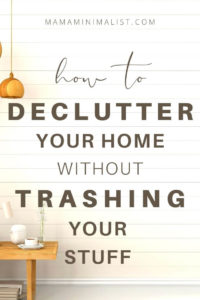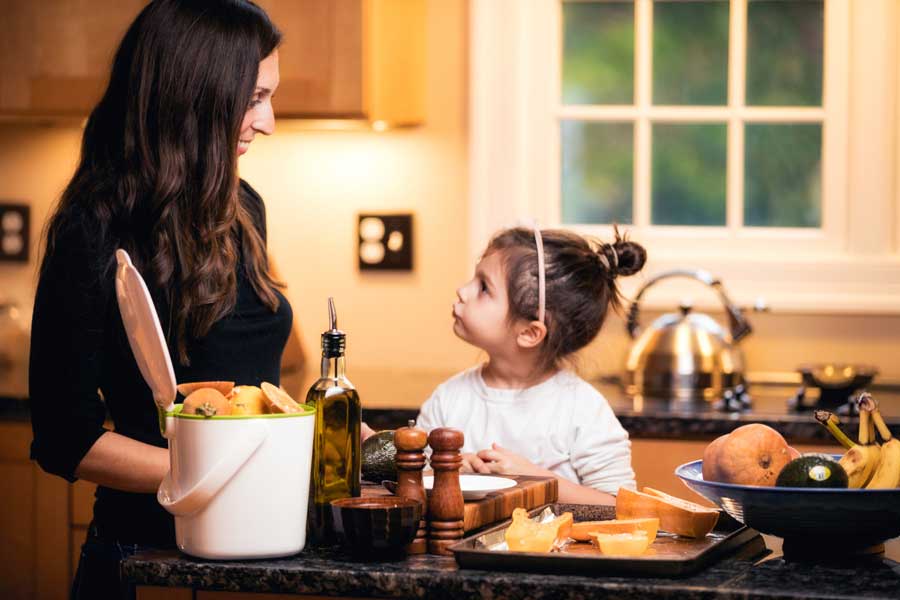How to Declutter without Trashing the Planet
How to Declutter without Trashing the Planet
Want to declutter without sending your items to the landfill?
Marie Kondo’s version of “spark joy” decluttering introduced millions to the less is more lifestyle, and Kondo deserves applause for ushering the concept of tidiness into mainstream conversation.
But Kondo and other prominent minimalists fall short by failing to advocate for responsible decluttering. And while they certainly encourage donation, they do not offer tangible advice for how or where, exactly, to let go of clutter in ways that minimally impact the planet.
And while some possessions—especially ones that are broken or obsolete—will certainly be trashed, sustainable minimalists work tirelessly to send as little to the landfill as possible throughout the duration of the job.
Decluttering is a single step on a much larger journey. The end goal is not a tidy home; the end goal is a fundamental shift in one’s relationship with possessions. Over time, this shift alters purchasing behavior, and often quite drastically.
This article outlines the 5 pillars of responsible decluttering, which are:
- Choose Quality over Quantity
- Measure True Value
- Ask The Tough Questions
- Remove But Don’t Toss
- Analyze What’s Left
Read on for details on how, exactly, to declutter without trashing the planet.
You can find The Sustainable Minimalists podcast wherever you listen to podcasts.
Apple Podcasts | Google Podcasts | Spotify | Stitcher
How to Declutter Step 1: Choose Quality Over Quantity
Sustainable minimalists revere quality products when purchasing new items; they consider quality when decluttering, too.
Quality products are often made of solid wood and metal; plastic often (but not always!) lends itself to cheaply-made items.
Weak materials like wicker and insect and fungus-susceptible bamboo may not be durable enough to withstand the test of time, either.
When paring down your items, keep in mind the following quality-related considerations:
– Quality furniture is made of real wood, not particleboard. Aspire to keep solid wood furniture that has been treated with non-toxic dyes and water-based lacquers.
– Instead of keeping the comfiest or softest blanket, pillow, or bedding, read the item’s label and keep ones made with natural fibers and are free from flame retardant chemicals and volatile organic compounds including formaldehyde.
– Does your child have 5 sets of blocks? Look at his or her collection through the lens of quality. Many parents shy away from plastic toys due to plastic’s toxicity. Which blocks will last for future children? Which set of blocks do not present a health danger?
– Do you have two spatulas, one silicone and one plastic? Consider placing the plastic spatula in the donation box. Keep the silicone spatula, as silicone boasts high heat-resistance and low toxicity.
– Remember that a broken, ripped, or stained item is no longer considered quality. These possessions should either be repaired if possible or trashed.
[Related: How to be a curator, not a collector.]
“The end goal is not a tidy home. The end goal is a fundamental shift in one’s relationship with possessions.”
Step 2: Measure True Value
Every item has a fundamental purpose for existence. While a chair is meant to be sat on, a candle is meant to give light.
Sustainable minimalists understand the difference between using an item in the present versus holding onto an item in hopes of using it in the future. Possessions that are not regularly used have no real value.
When we store unused items for one day, we prevent these items from reaching both their purpose and their potential.
Many minimalists want to save items for their children once they are grown. But because most items tend to decrease in value over time, chances are your children won’t want the items you have diligently saved.
Waiting 5 or 10 years to donate an unused item will drastically reduce the chances that the item will achieve its current level of utility. This is particularly true in the cases of appliances and electronics.
In a year or two, televisions and other electronics will be significantly less desirable to potential buyers because the market will have replaced it with newer, shinier, and sleeker models.
If you have trouble parting with an item, ask yourself whether you could restore its value by giving it to someone who would actually use it.
How to Declutter Tip 3: Ask the Tough Questions
There may come a time (or many times!) that you find yourself defeated. In these instances, ask yourself curated questions to ease burdensome decluttering decisions:
Would you Replace it if it Broke?
When my mobile phone suddenly died I cancelled everything on my schedule and replaced it within hours. But when my garlic press snapped? I made do and minced with a knife, instead.
When an item breaks, we either rush to replace it or we adapt. Use this logic when making difficult decluttering decisions: Would you drop everything and immediately replace the item in question if it broke, or would you learn to live without it?
What’s the Worst that Could Happen if you Let it Go?
Many declutters struggle with the fear that they may declutter an item and end up needing it later, and this fear scares them into overflowing their basements, garages, and attics with stuff.
But if you let a possession go and find yourself needing it later, what’s the worst that could happen?
Would you be able to attain the item by borrowing, thrifting, or even buying it again?
Unless the item in question is one-of-a-kind, the answer is usually yes.
Do you Feel Guilty?
Guilt is a powerful emotion, and it tends to hold us back from making important decluttering decisions. But your home is not a storage space for your past; it is not a holding cell for others’ possessions, either.
Your home is your living space for your present life.
The most guilt-inducing possessions tend to be sentimental items. Check out this post for 10 tips on how to declutter sentimental items.
Tip 4: Remove but Don’t Toss
When I first started decluttering, I found myself utterly discouraged to realize that I had filled boxes with unwanted possessions and had no one to give them to. Finding homes for my clutter beyond the landfill took more time than the decluttering did; it also required significant mental energy.
While it would certainly be simplest to toss unwanted items in the trash, sustainable minimalists find homes for unwanted possessions whenever possible even though responsible decluttering demands time, effort, and energy.
Many declutterers schedule time on their calendars specifically for decluttering. Consider also scheduling time on the backend, as doing so will enable you to discard, donate, and sell unwanted possessions in ways that do not harm the planet.
If you plan to tackle the garage, let’s say, and believe you can tidy the entire space in one weekend, block off the following weekend, too, so that you have the time you need to contact local charities, sell items in good condition, and responsibly dispose of the items you determined to be trash.
From an environmental standpoint, it is best to keep your cast-off items in your community, as shipping fewer packages around the globe emits less carbon into the atmosphere.
Consider churches, hospitals, schools, libraries, animal shelters, homeless shelters, women’s shelters, halfway homes, food banks, senior centers, day cares, prisons, and charity shops before shipping an item to a national charity.
How to Declutter Tip 5: Analyze What’s Left
Your home may not feel as light, airy, and spacious as you hoped, even after you decluttered. If that’s the case for you, tackle these 10 often-overlooked areas.
Stay in-the-know!
Sign up for monthly eco-friendly inspiration.
